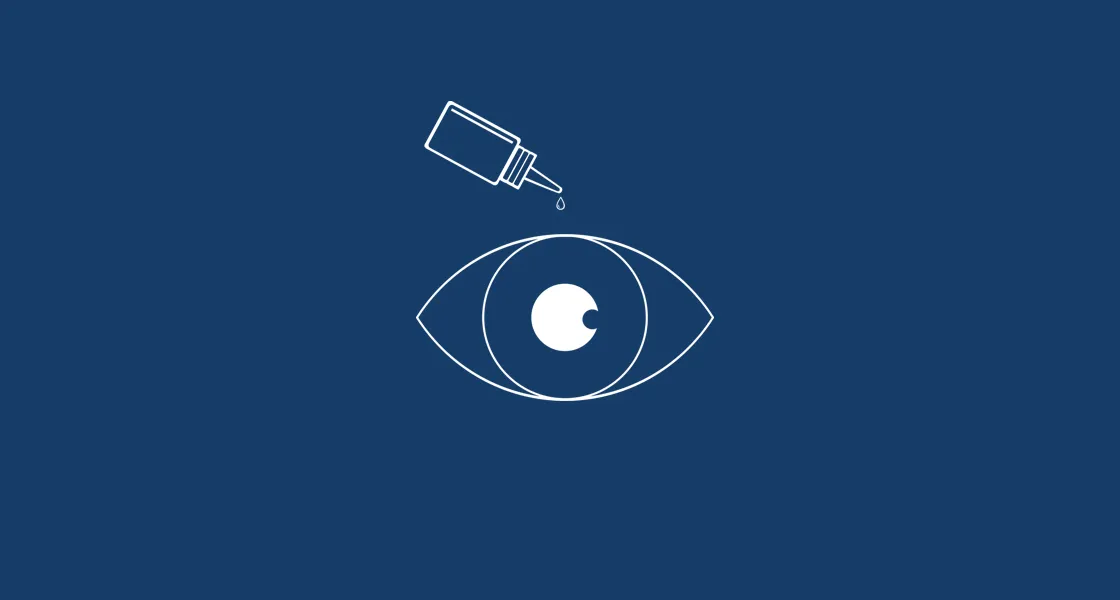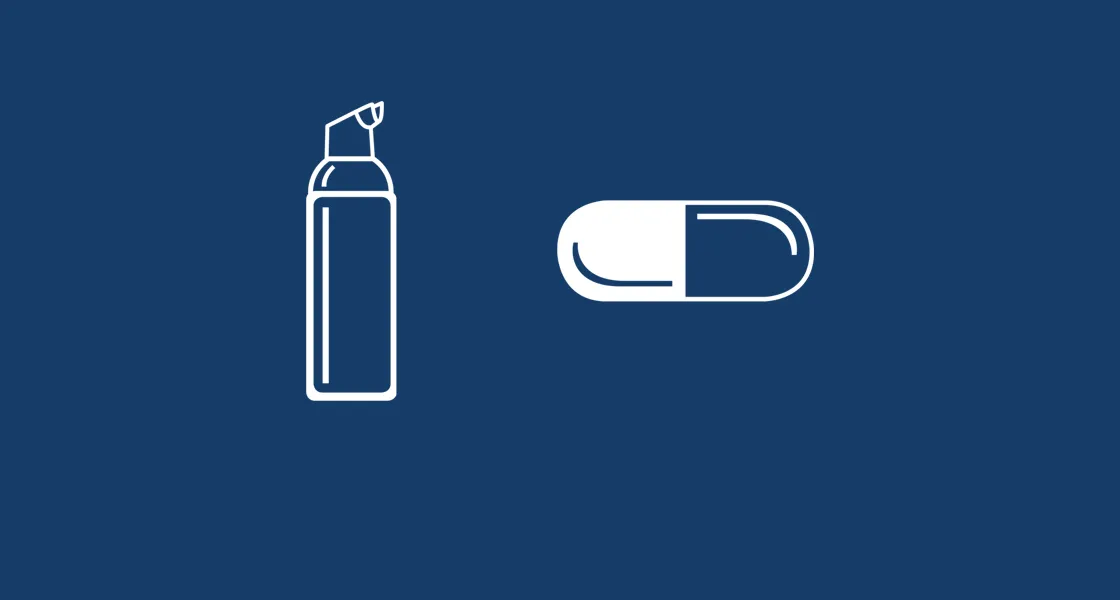Dry Eye
Experience Relief
Irritation, excessive tearing, and dry eyes are among the most common complaints heard by eye specialists. St. Paul Eye Clinic can diagnose dry eye through a comprehensive eye examination, where we measure, test, and evaluate the quantity and quality of tears produced by the eye. We use state-of-the-art diagnostic equipment to look for damaged cells and dry spots on the surface of your cornea.
What To Expect During Your Procedure

Your doctor at St. Paul Eye Clinic can usually diagnose dry eye by examining your eyes or running tests for dry eye.

Treatment of dry eyes usually begins with artificial tear drops. In certain cases your doctor may prescribe eye drops or conserve your tears by closing your tear drainage channels with punctal plugs or by using thermal cautery.

St. Paul Eye Clinic offers a variety of over the counter relief at our clinics, including Dry eye vitamins, lid care items including lid scrubs, lid cleaners, and masks to help soothe the symptoms of dry eye.
Frequently Asked Questions
What are the symptoms of dry eye?
Those affected by dry eye experience uncomfortable sensations. Symptoms include eyes that burn or feel gritty, itchy, or sticky. You might also experience blurred vision with prolonged reading or computer work.
Having dry eye also makes you more sensitive to environmental changes, such as wind, poor air quality, low humidity, and air conditioning. In addition, allergies and certain drugs, like antihistamines and oral contraceptives, contribute to dry eye.
What are the contributing factors to dry eye?
- Age: The risk of dry eye increases with age
- Medications: A variety of medications, including blood pressure medications, antihistamines, and psychiatric medications, can reduce the ability to produce tears.
- Eye Conditions: Certain medical conditions can cause dry eye or even a production of excess tears.
- Environmental Conditions: Factors such as the weather, usually windy or low-humidity climates, promote dry eye.
What are the contributing factors to dry eye?
- Age: The risk of dry eye increases with age
- Medications: A variety of medications, including blood pressure medications, antihistamines, and psychiatric medications, can reduce the ability to produce tears.
- Eye Conditions: Certain medical conditions can cause dry eye or even a production of excess tears.
- Environmental Conditions: Factors such as the weather, usually windy or low-humidity climates, promote dry eye.
How to diagnose dry eye?
St. Paul Eye Clinic can diagnose dry eye through a comprehensive eye examination, where we measure, test, and evaluate the quantity and quality of tears produced by the eye. We use state-of-the-art diagnostic equipment to look for damaged cells and dry spots on the surface of your cornea.
We will also examine the position and function of your eyelids to make sure there are no problems with tear distribution. Many patients with dry eye can find welcome relief with artificial tears.
